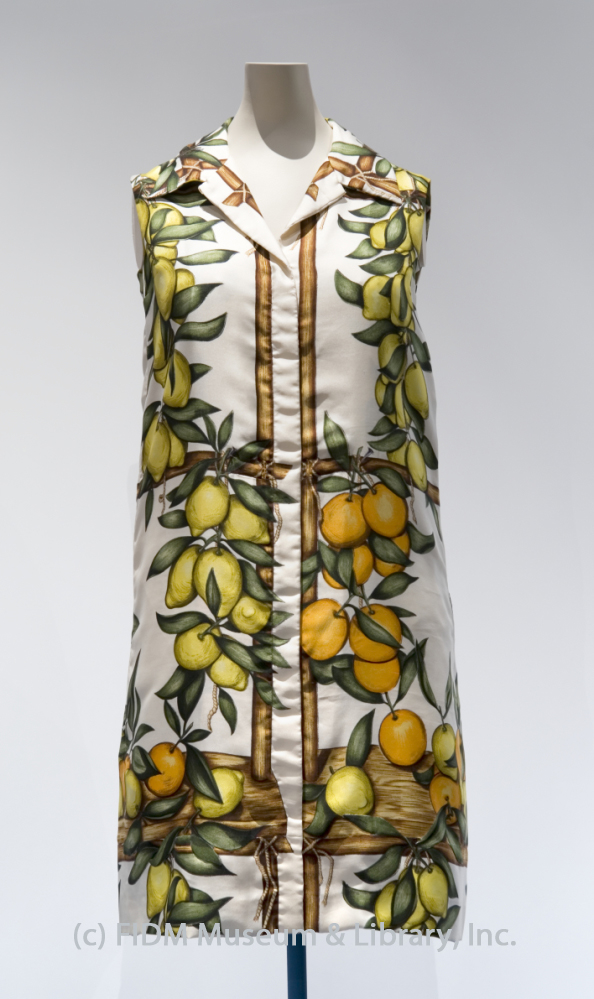You've come a long way, Hermѐs.
Founded in 1837 by Parisian harness and saddle maker Thierry Hermѐs, the House of Hermѐs is today a world-renowned purveyor of luxury goods. Building on the reputation of their highly regarded leather goods, Hermѐs diversified its product line in the early twentieth century. Though still producing high-quality leather goods, Hermѐs expanded into other accessories (handbags, wallets, etc.) and garments, like this late 1920s beach ensemble. Hermѐs is also credited with being the first to introduce zippers into high fashion, handbags and luggage. In the early 1920s, Hermѐs designed a leather jacket which fastened with a zipper. According to the company, the fashion forward Prince of Wales sanctioned the zippered jacket with a purchase, leading to unexpectedly high-volume sales.1 This anecdote suggests the spirit of innovation and experimentation that has helped Hermѐs remain relevant for the last 174 years.
Even today, the most iconic Hermѐs products, the Kelly and Birkin bags, are made of leather. A structured, square handbag ornamented with a tiny lock, the Kelly earned its name when Princess Grace of Monaco (aka screen star Grace Kelly) was photographed with the bag in the 1950s. The Birkin bag, similar to the Kelly bag but larger, was created in 1981 for French chanteuse Jane Birkin. Hand-crafted from rare and exotic leathers, both bags were sought after status items, inspiring long waiting lists. In 2010, the wait was apparently over. According to this 2010 Glamour magazine blog post, there is no longer a waiting list for the Birkin bag.
 Hermѐs
Hermѐs
Silk with printed pattern
Gift of Roxanne, Byrnadette & Frank DiSanto
95.c.1969.08.52AB
In 1937, Hermѐs introduced a new product: hand-printed silk scarves. A square scarf measuring 36 inches to a side, the Hermѐs scarf has served as a canvas on which to showcase a tremendous variety of pictorial and abstract imagery. Like the Kelly and Birkin bags, each scarf is hand-made. With designs created by a pool of artisans and textile designers, the scarves are individually printed and have hand-rolled hems. Each color is individually printed, with some designs requiring up to forty-nine different shades. Imagery often borrows from the heritage of the house, showcasing saddles, harnesses, tassels or horses.
In the 1960s, Hermѐs diversified yet again. Using patterns as boldly scaled as those seen on their silk scarves, Hermѐs started producing silk garments. Pictured above is a c. 1969 Hermѐs sleeveless minidress in a bright citrus pattern. In shape and structure, it's similar to the button-up, long-sleeved mens' and womens' shirts Hermѐs also produced in this era. Though we haven't identified a Hermѐs scarf with this same pattern, our citrus dress has a long, narrow matching scarf. In the image below, you can see it draped over the shoulder of the mannequin. When purchased, the ensemble would have been packaged in the Hermѐs trademark bright orange box. The pattern also plays off a classic Hermѐs fragrance: Eau de Orange Vert, a cologne with strong citrus notes.
1 Ickeringill, Nan. "Saddles and Status Symbols." New York Times 26 Oct. 1968.



Did Stella McCartney dive into the Hermes archives for her Spring 2011 collection? The citrus pattern she used is very similar. Take a look at the collection here:
http://www.style.com/fashionshows/complete/S2011RTW-SMCCARTN?page=2